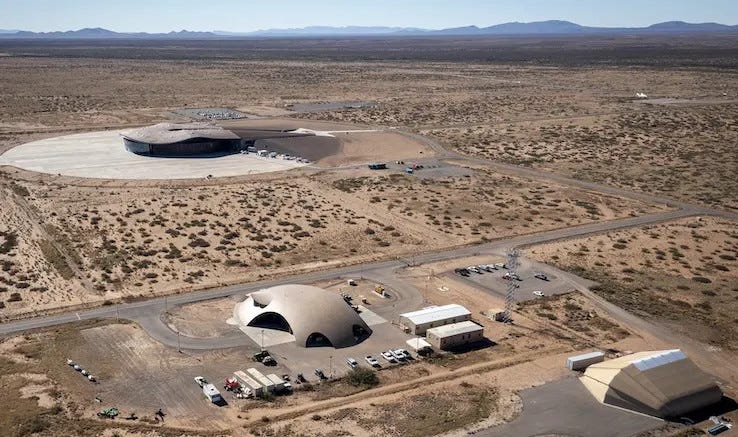Spaceport America Drives Major Economic Growth Across New Mexico
Facility Generated Nearly $240 Million in Output, Created 790 Jobs in 2024
New Mexico's commercial spaceport Spaceport America has dramatically expanded its economic footprint, generating nearly $240 million in economic output and supporting 790 jobs statewide in 2024, according to a six-year impact study released by New Mexico State University's Arrowhead Center.
"The results are significant, showing that Spaceport America in …




